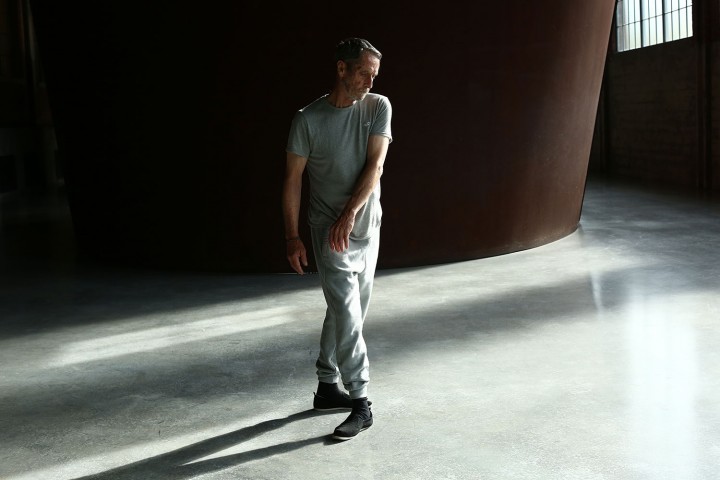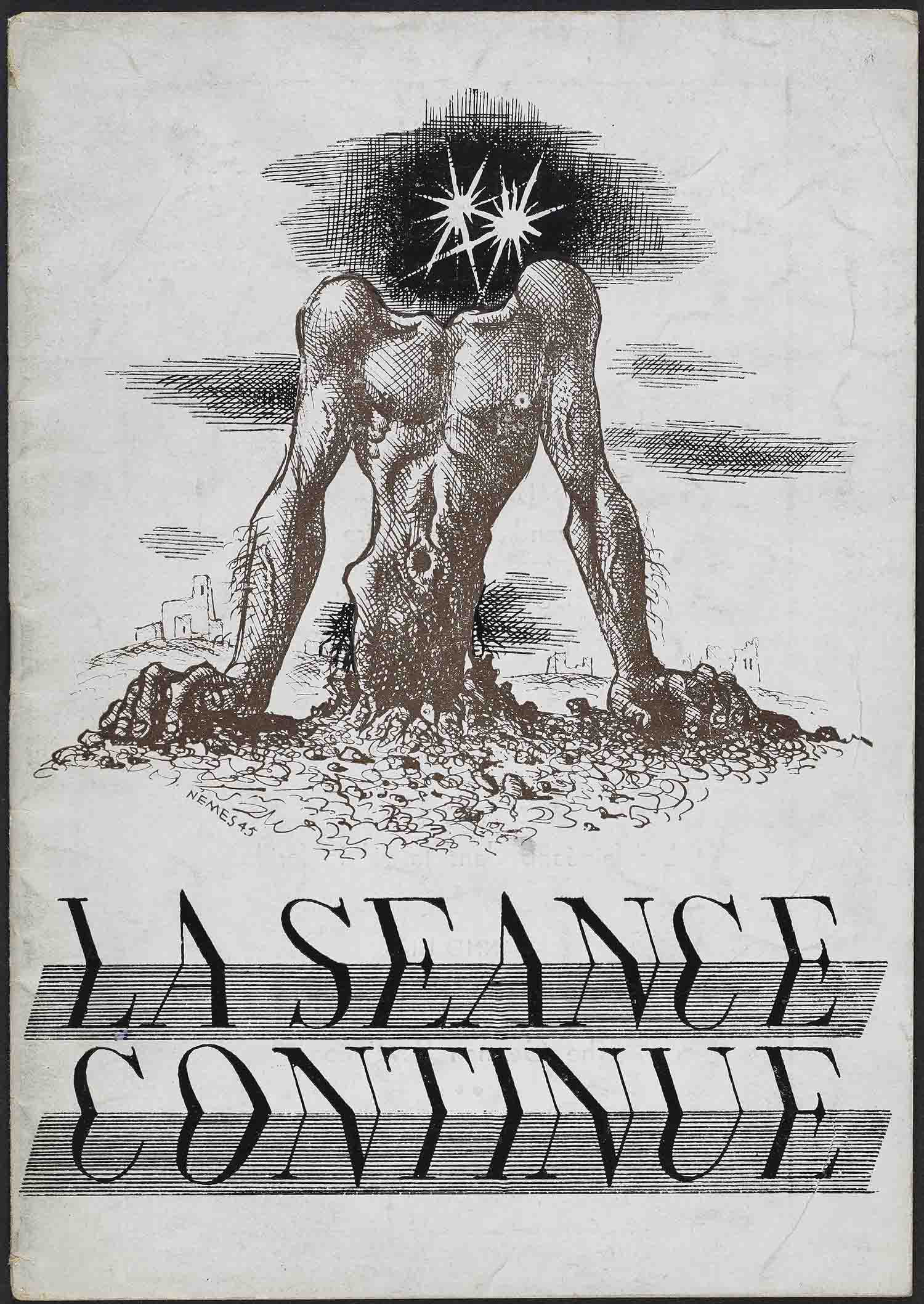Museo Reina Sofia is presenting a special week dedicated to dancer and performer Steve Paxton. Flash Art talked to João Fernandes, the deputy director of the museum and curator of the event.
Why Steve Paxton in Madrid?
For an art museum it is a privilege to present him and his work, offering the audience a rare moment of contact with one of the central figures in the history of art and dance in the 20th century. His presence in Madrid is evidence of one of our museum’s goals: to present some of the ruptures that opened new possibilities for art in the last decades. It continues a program in which the museum already brought to Madrid authors like Merce Cunningham and Simone Forti. My curatorial interest is to integrate the ephemeral inside an art institution, giving visibility to some of the major artists who were challenging art and surpassing any limits that could be attributed to it.
Paxton was awarded the Golden Lion for Lifetime Achievement at Venice Biennale Dance 2014. His influence is important, but he still remains quite an obscure figure.
Steve was always far away from the spectacle industry. He never corresponded to the dominant models framing art inside the business. He preferred to experiment and try new languages for the body instead of pleasing an audience with things already known. His generosity, working together with his colleagues, and his intimate and radical experimentation with movement, gesture and rhythm made of him a referential figure for many artists. In some ways, he is an artist for artists, but at the same time his work is so open and generous he can be an artist whose work can help everybody to rediscover art and life through movement and dance.
As Sally Banes pointed out in her 1974 book “Terpischore in Sneakers,” Paxton has always considered the body a “physical machine.” Today, what are his main influences?
He redefined the possibilities of dance, crossing choreography and daily life, using collective improvisation and collaboration, giving visibility to the artistic creative process instead of working for the idea of spectacle. Steve is part of a fantastic generational paradigm shift that invented a postmodern dance context, fostering new relationships between art and movement and between art and life. Yvonne Rainer once said Steve invented walking. Steve crossed dance, art and life, opening all these contexts to incredibly rich possibilities for gestures, movements, concepts and ideas. “Contact improvisation,” a concept he shaped, became a new chapter in the history of dance. Several artists and choreographers are developing their works with many of his ideas and experiments in mind. Think about artists like Tino Sehgal or choreographers like Emmanuelle Huynh, for example.
The program will include “Bound,” a choreography from 1982, performed by Slovenian dancer Jurij Konjar. What is Jurij Konjar’s role in interpreting Paxton’s teachings?
To interpret today is something physical and conceptual: in a way to preserve and to reenact the ephemeral. A performer has to research, to reflect upon, to preserve and to change something existing to make it actual. The body of the performer is today’s real museum of choreography. In Bound, Jurij Konjar preserves an incredible moment in the recent history of dance. An interpreter is always a curator: he takes care.


